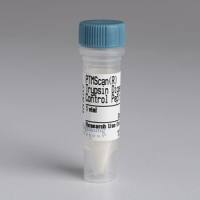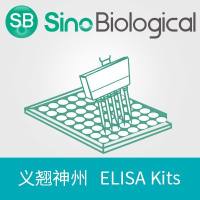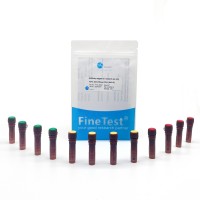Use of the Syrian Hamster as an Animal Model for Oncolytic Adenovirus Vectors
互联网
518
Oncolytic adenoviruses (Ads) are promising candidates for cancer therapy. However, current animal models to evaluate these vectors have substantial limitations. Because Ad replication is generally species-specific, oncolytic Ads are usually examined in immunodeficient mice bearing human xenograft tumors. However, this model suffers because the animals are immunodeficient and normal and cancerous mouse tissues are poorly permissive to human Ad replication. We have recently developed a Syrian hamster model that is both immunocompetent and permissive to human Ad replication in normal and cancerous tissues. The Syrian hamster is also permissive for Ad5 replication in the lung, which is the natural site of infection in humans. Human Ads replicate well in vitro in the Syrian hamster cell lines examined and demonstrate significant antitumor efficacy following injection into Syrian hamster tumors in vivo. In this chapter we describe the maintenance of these Syrian hamster cell lines in culture and how to assess oncolytic Ad vector replication in these cells in vitro. We also describe detailed methods for growth of these cell lines as subcutaneous tumors, for intravenous and intratumoral injections in hamsters, and for evaluation of the efficacy, replication, and biodistribution of oncolytic Ad vectors following administration in hamsters. In addition, we describe how to assess replication in normal tissues such as the lungs and give helpful tips on handling, anesthesia, and general care of Syrian hamsters.









